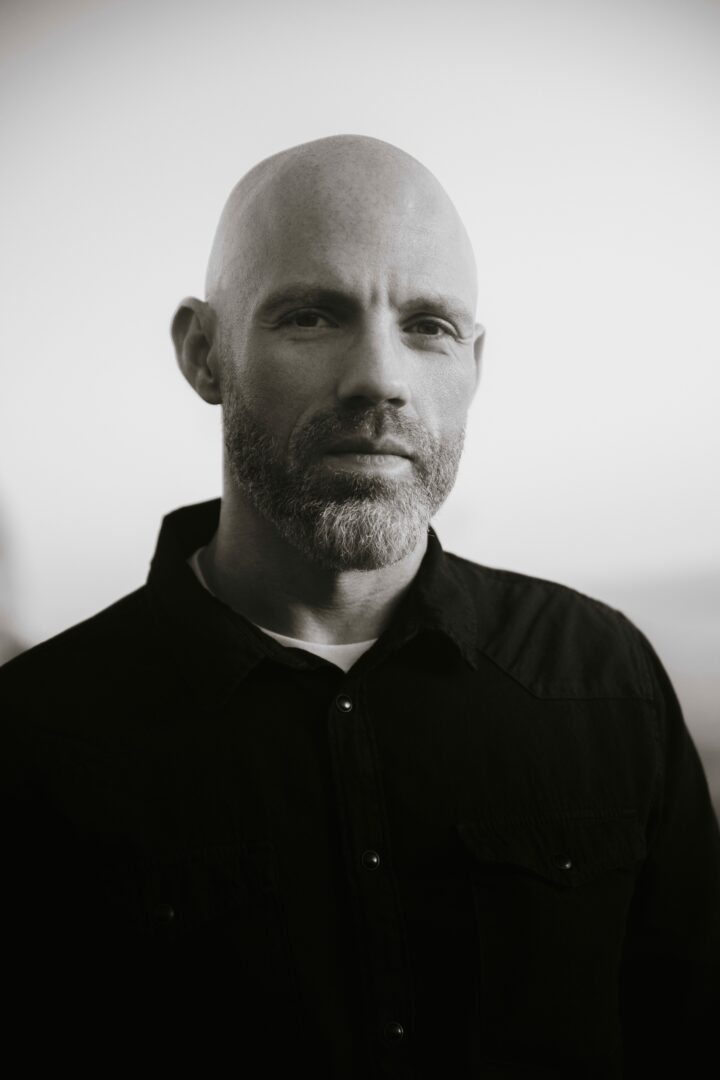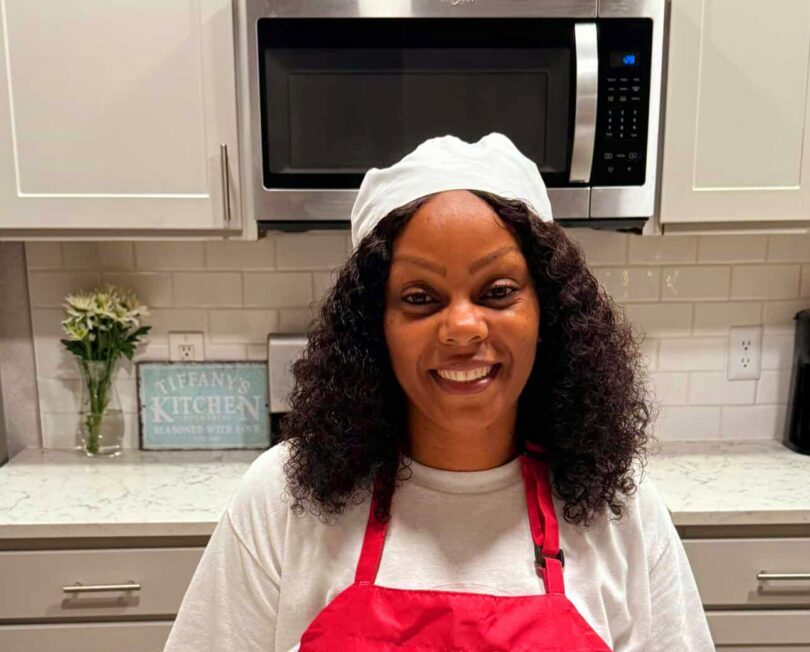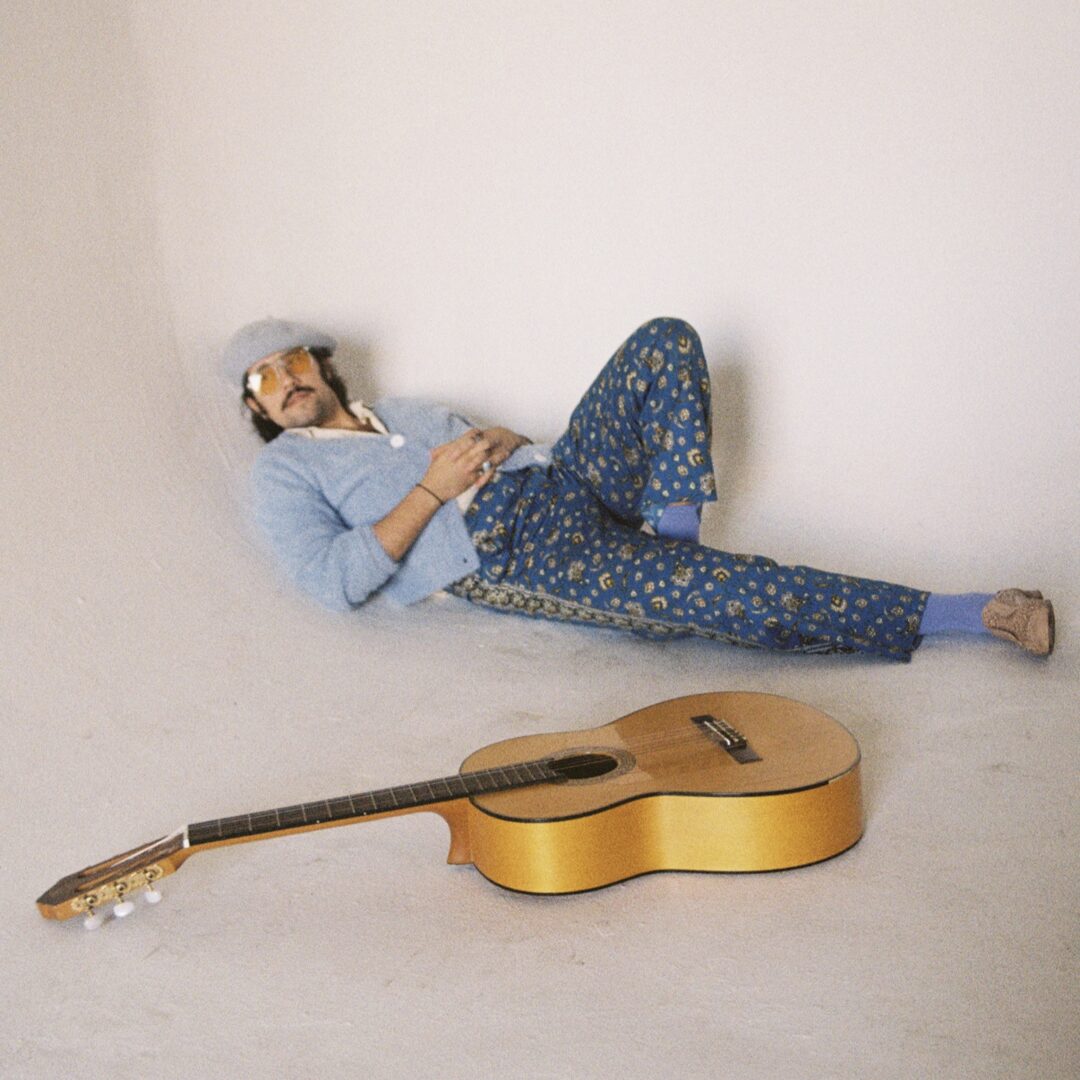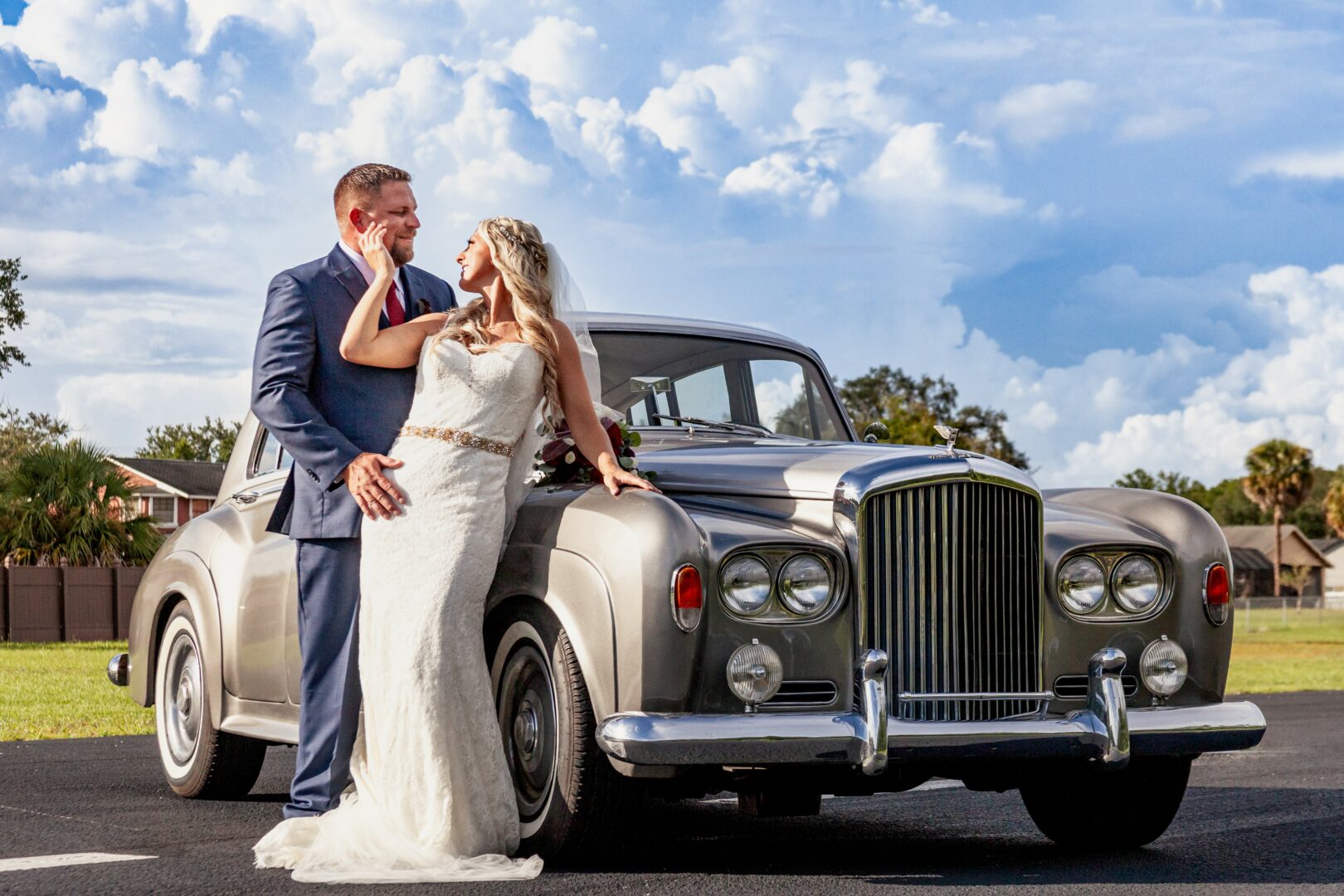We caught up with the brilliant and insightful Aaron McKenzie a few weeks ago and have shared our conversation below.
Aaron , thank you so much for taking the time to share your lessons learned with us and we’re sure your wisdom will help many. So, one question that comes up often and that we’re hoping you can shed some light on is keeping creativity alive over long stretches – how do you keep your creativity alive?
When I look around the creative world and see who is (or at least who appears to be) experiencing the greatest success, one thing stands out: our creative potential – much like our potential in life more broadly – is defined by how we spend our evenings and our weekends. How do we spend our time when no client is cutting a check, when no one is telling us where to apply our energy? Do we only pick up our camera or our pen or our paintbrush when someone offers money, or do we always have our own ongoing passion projects through which we’re trying new ideas and new methods for their execution? A dedication to after-hours work, to these self-assignments, doesn’t guarantee that we’ll rise to the top of our creative field, but an absence of them probably guarantees that we won’t. Why put that ceiling on our potential? The other benefit of these varied projects is that we have something else on which to focus our attention should we find ourselves stalled on some other project.
I’ve also observed that the most successful, dynamic creators I know – the ones who are making a living through their art – embody a few main qualities: notably, curiosity, obsession, ambition, and follow-through (note that I didn’t include on this list such qualities as empathy, compassion, kindness, or patience, but that’s a discussion for another day). These people are insatiably interested in how the world works and why people do what they do. They can’t let loose of an idea until they’ve run it to its absolute limits. They can’t accept the status quo without first giving it a good shake. And they do what they say they’ll do when they say they’ll do it. This last quality – following through on one’s ideas and commitments – is where a lot of creatives stumble, in part because of a basic lack of time management and organizational skills, but also because the ideas in our heads are always so good, so perfect, so far removed from how they might materialize in real life and this terrifies us.
In his book “Art and Fear,” David Bayles tells of the time when he, as a young piano student, complained to his teacher, “I can hear the music so much better in my head than I can get out of my fingers.” To which his teacher replied, “What makes you think that ever changes?”
A lot of creatives, myself included, are in love with our beautiful ideas, but we dread sitting down and doing the hard work of making them a reality. And so we tell ourselves that we’ll get to work when we “have the time” or, worse, when we “feel inspired.” In my experience, though, the most successful creators don’t fall prey to these charming falsehoods and they certainly don’t sit around waiting for inspiration to strike. They know that inspiration follows action, not the other way around.
“I only write when inspiration strikes,” William Faulkner is supposed to have said. “Fortunately it strikes at nine every morning.”
When you feel inspired, get to work. When you feel uninspired, get to work. Whatever your mood, chop wood, carry water.
At this point, I should confess that I say all of this while staring into the proverbial mirror. These words are as much a pep talk to myself as they are advice to anyone else. I like Netflix in the evening. I dread sitting down and enduring the “birthing” process of getting an idea out of my head and into the world. I find it all too tempting to create work that is familiar and which doesn’t challenge my skill set or make me uncomfortable. I’m as guilty as anyone else of waiting around for inspiration to show up as if it were Godot. Perhaps learning to heed our own advice – listening to that angel on one shoulder who tells us to get to work instead of the devil on the other shoulder who assures us that there’s always tomorrow – is another mark of future creative success.
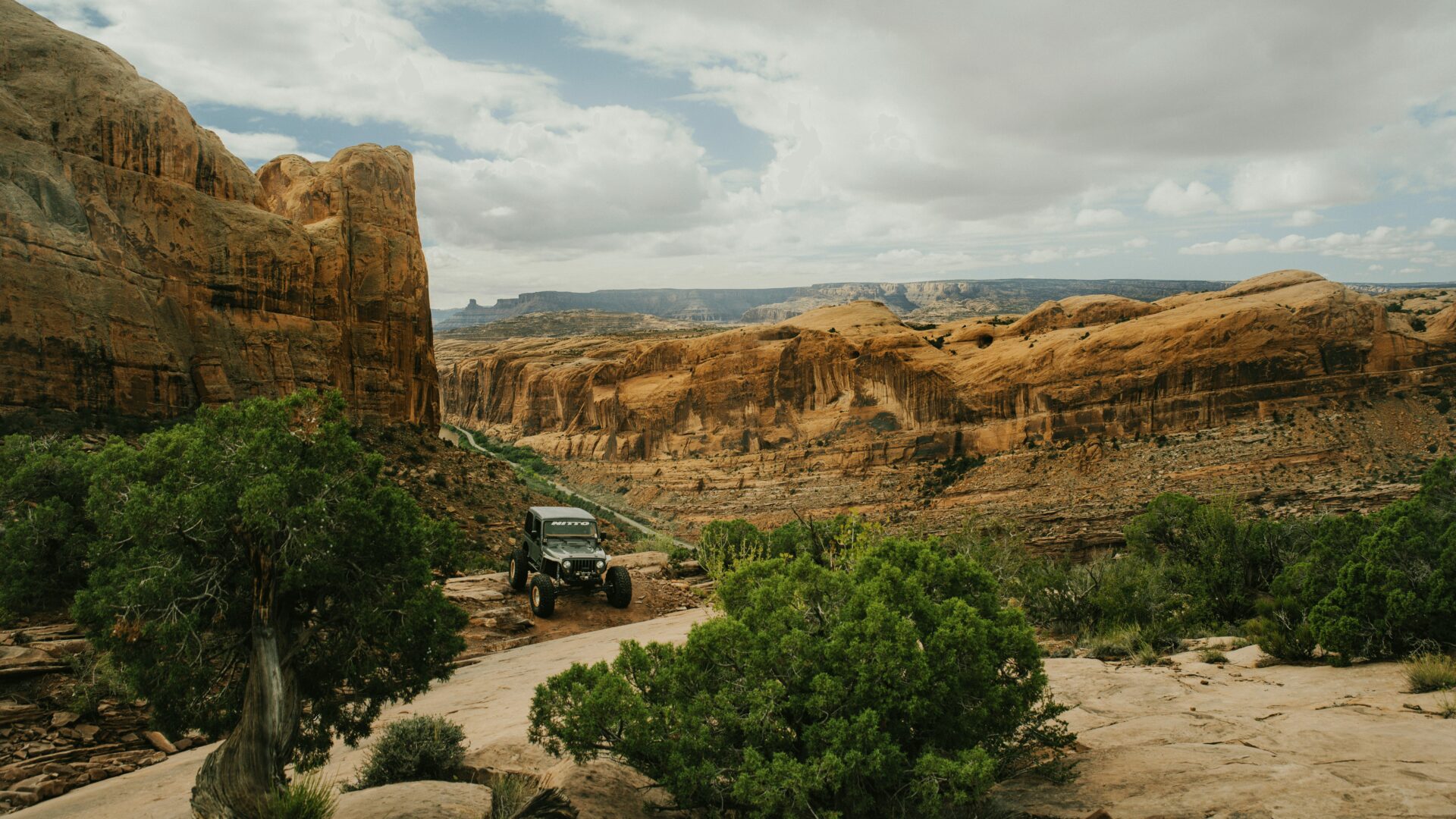
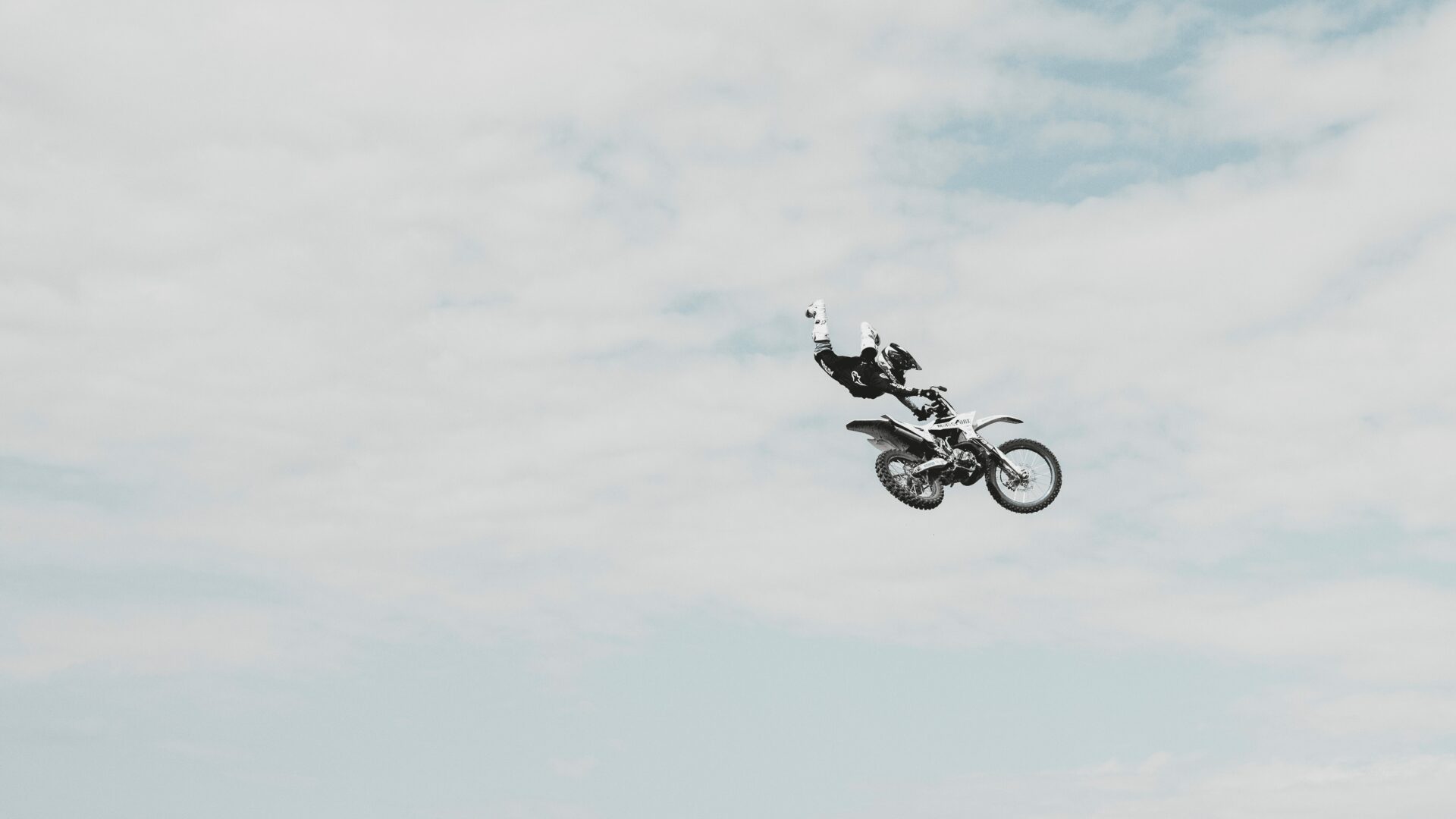
Great, so let’s take a few minutes and cover your story. What should folks know about you and what you do?
My creative work falls into two main areas: commercial/advertising and editorial. In the case of the former, I work closely with clients (mostly automotive, which have included Porsche, Nitto Tire, Acura, and Ferrari, to name a few, over the years) to move away from the sort of traditional advertising that interrupts an audience’s viewing experience and which mostly just annoys people in this age of on-demand streaming and that “Skip Ads” button on Youtube. Instead of interrupting a viewer’s programming, then, my aim is to use storytelling and compelling subject matter that can be the sort of programming which (hopefully) people actually want to watch.
For the past five years, I produced the “On the Trail” series for Driving Line, which is sponsored by Nitto Tire. This series took viewers on backcountry adventures all over North America, giving them a glimpse of spectacular scenery while also providing guidance on safe, responsible 4×4 travel. As John Muir once said, “Who has not felt the urge to throw a loaf of bread and a pound of tea in an old sack and jump over the back fence?” This series bottled up that ethos and, in the process, told stories that inspired, informed, and entertained viewers. A few of those viewers probably even hit that “Skip Ads” button in order to watch it. At least, that’s the goal.
My editorial work (under which umbrella I include my own personal projects) puts me in the position of a zoologist, if you’ll pardon the expression. I get to parachute into so many different worlds and work with people whose lives and jobs couldn’t be more different than mine, and while I’m never entirely part of those worlds I get to sit and observe and ask questions and try to do justice to their stories. I’m fascinated by how the world works, both on a human and on a natural level. Why do people invest their limited time on this planet in this activity and not that one? Why is Portuguese Bend, near my home, sliding into the Pacific? Why do I see foxes in this canyon but not coyotes, or vice versa? I’m blessed that, because of my creative work, I get to chase these sorts of questions down, following them wherever they may lead. Sometimes people even pay me to chase my own curiosity. I don’t, for a single minute, take it for granted.
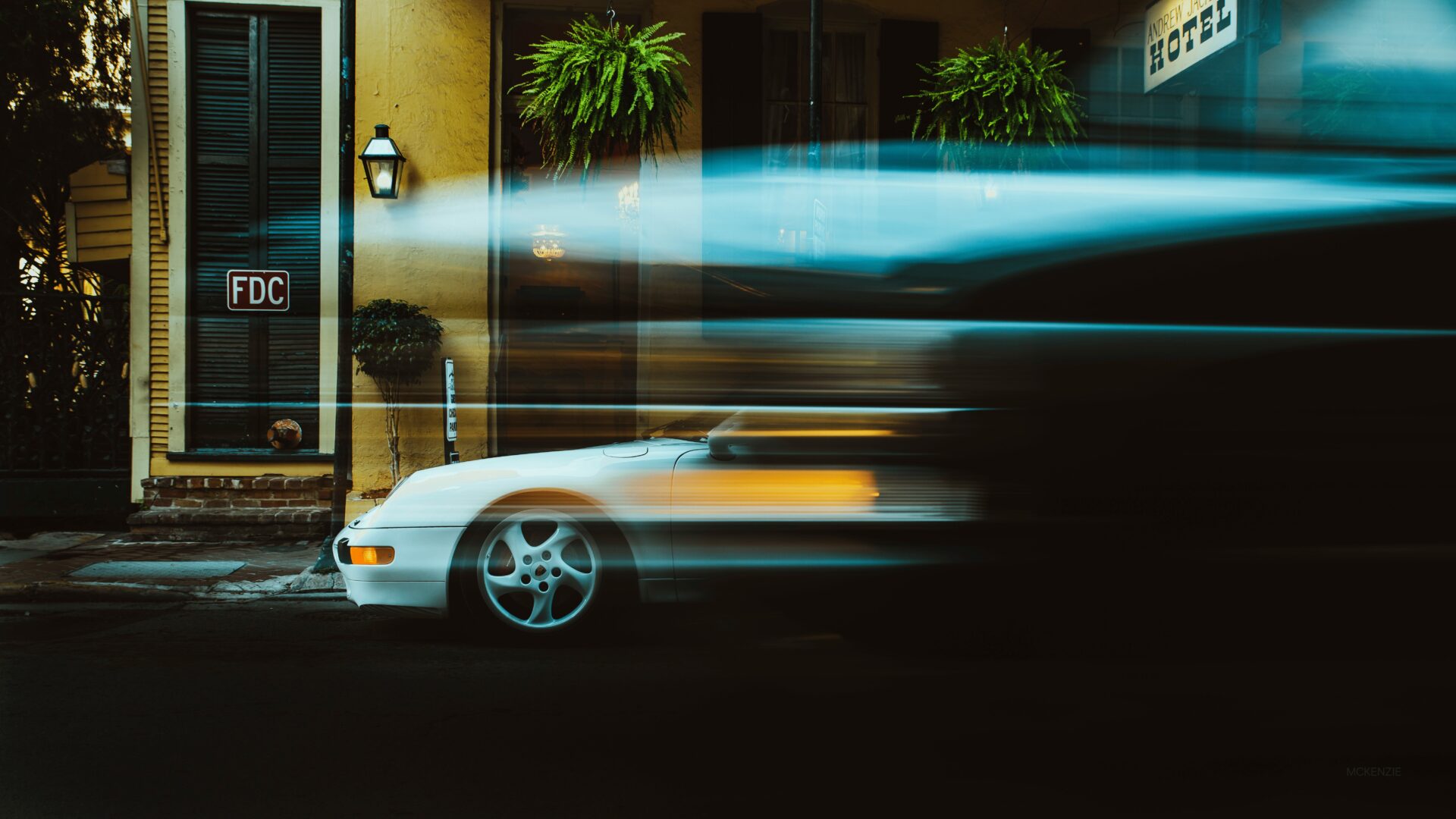
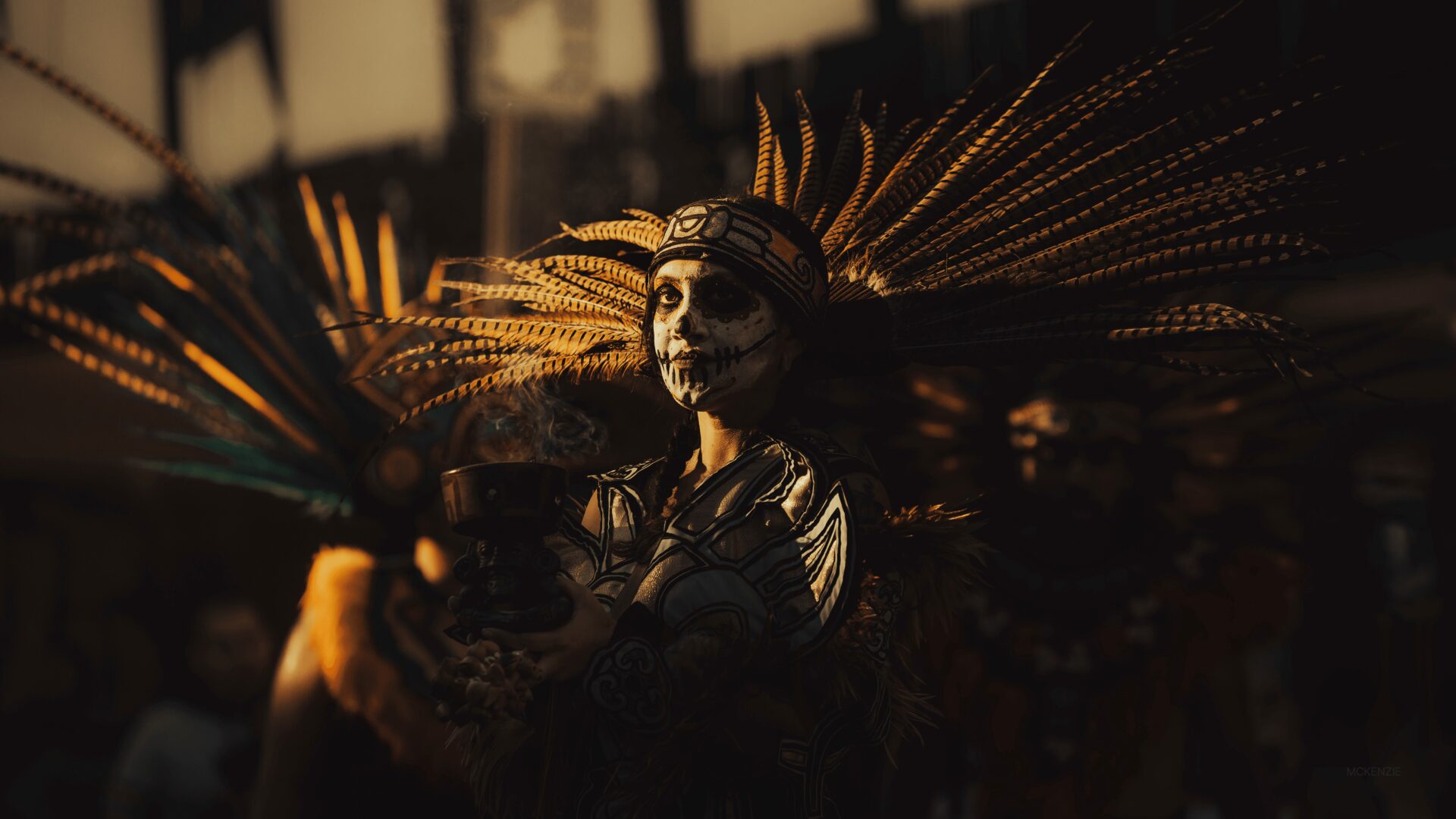
Looking back, what do you think were the three qualities, skills, or areas of knowledge that were most impactful in your journey? What advice do you have for folks who are early in their journey in terms of how they can best develop or improve on these?
I’ll first double back to what I said earlier and stress the importance of curiosity. The world is an endlessly fascinating place and if a topic or person seems boring, it’s probably more a reflection of us than it is of the subject matter. Boredom is merely a failure to pay attention. We should aim to be “infovores,” interested in and curious about everything. Carnivores eat meat. Herbivores eat plants. Omnivores, like racoons, will eat anything they can find. Our task is to become an infovore, a raccoon for knowledge. Get obsessed with a topic and follow its rabbit trails. If you like a musician or an author, go read the Wikipedia entry and then follow the notes linked at the bottom of that Wikipedia entry. Read every book and watch every Youtube video you can find on the subject. Find out who influenced that artist and go learn everything you can about those people, too. Listen to what they listened to, read what they read, follow their intellectual or musical or creative “family trees.” Figure out how they became who they are/were. Gobble up inspiration like it’s ice cream.
Second, create more than you consume. We’re generally in one of two modes: creation or consumption. When you’re writing an essay or taking photos or cooking or writing a song, you’re in creation mode, putting something into the world that wasn’t there before. When you’re watching TV or listening to a podcast or reading a book, you’re in consumption mode. There’s a time and a place for both, but try to spend more time in the creative mode than you do in the consumption mode. And when you’re in consumption mode, be active about it: take notes; pay attention to how food has been prepared and presented; note how an author crafts a paragraph, turns a story, or uses punctuation. In other words, always look for opportunities to “steal” ideas while you’re consuming other people’s creations.
And finally, become a superstar at the stuff that requires no talent. Show up early. Return emails, phone calls, and texts in a timely manner. Be polite and sociable. Get control of your schedule and calendar. Do your homework and come prepared. Admit what you don’t know and ask for help. You’ll be amazed at how all of this can get you ahead of talent (because a lot of talented people fail to do these things).
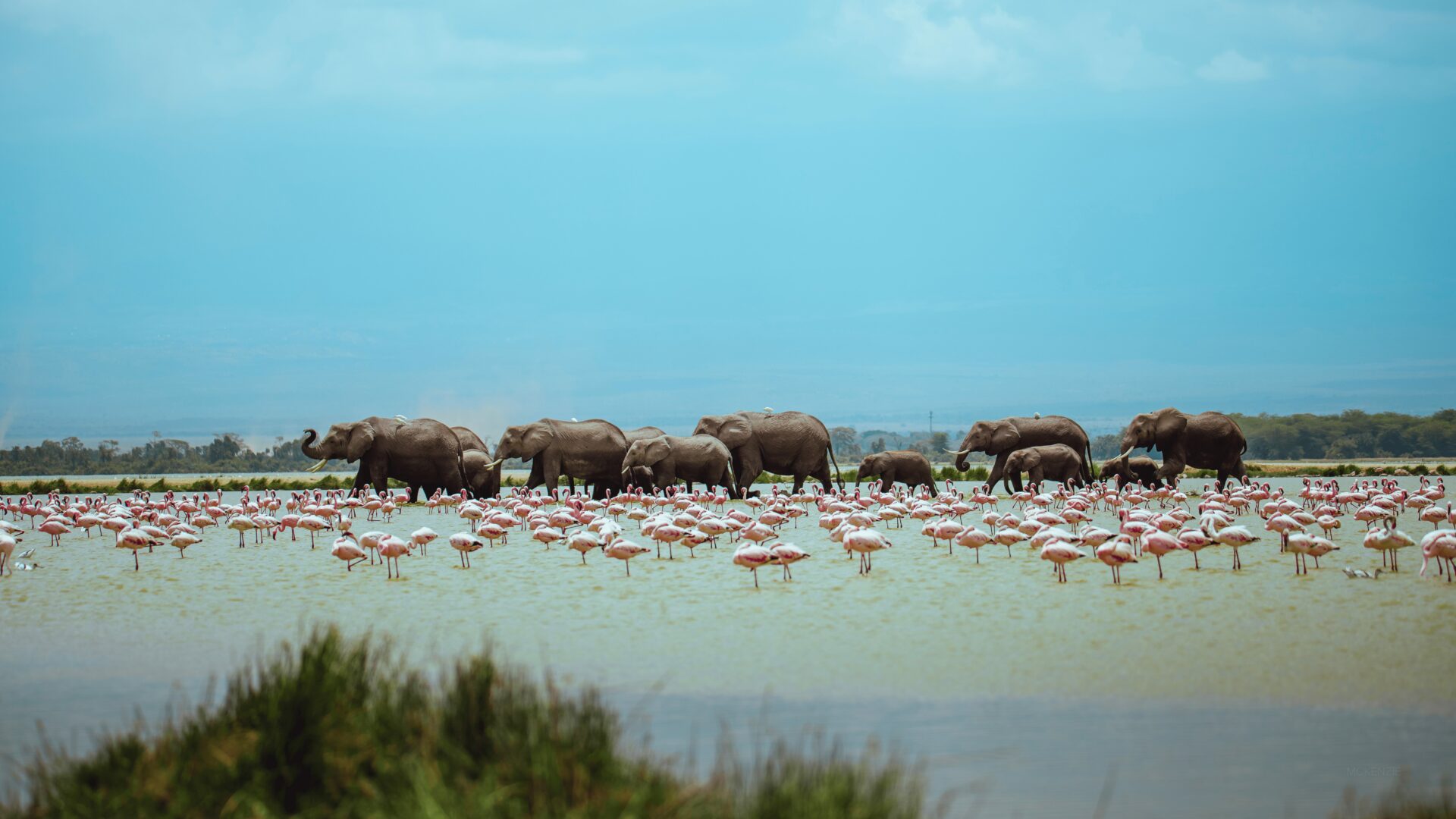
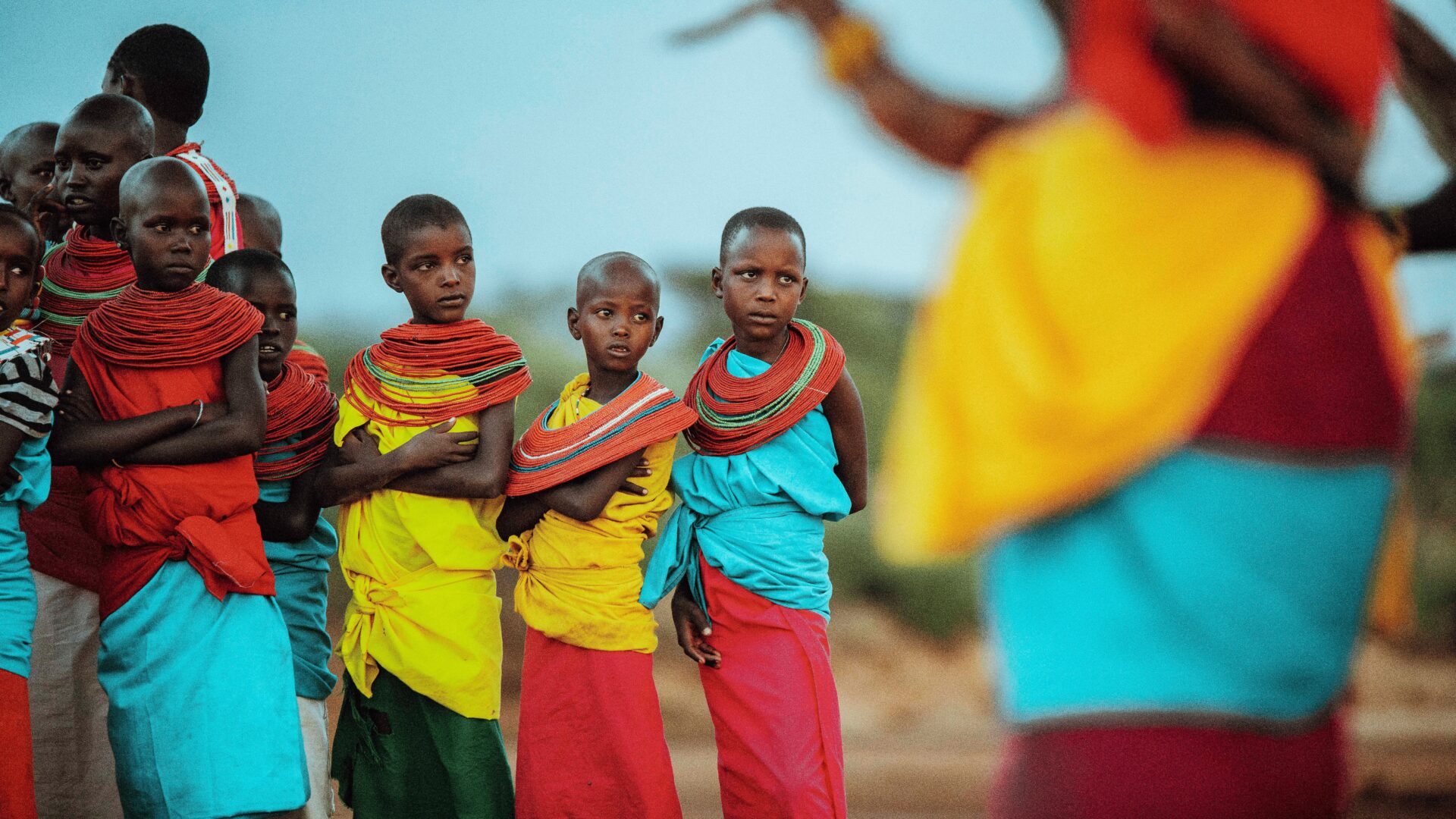
To close, maybe we can chat about your parents and what they did that was particularly impactful for you?
I was born in Idaho, and I was also born on wheels, so to speak: our family moved every year or so until I was in junior high school: from Boise to Sprague River to Walla Walla to Milton-Freewater to Whiteson and then to Salem and to McMinnville and to Oregon City, the end of the Oregon Trail and of our own rootlessness.
The West – both its culture and its spaces – shaped my childhood. This was due, in part, to money – specifically, our family had very little of it. And even if my parents had had the means, I’m not sure it would have occurred to them to take a family vacation to, say, New York City, let alone to Europe or Japan. Vacations were when we visited family, or went camping, or went camping with family. And so we spent our summers fishing the Breitenbush River in the Oregon Cascades or playing in the surf at Cape Lookout on the Oregon Coast. We hiked in the Columbia River Gorge and took long road trips to family reunions in Southeastern Idaho, out on the northern reaches of the Great Basin. We seldom traveled by airplane and I never went east of the Rocky Mountains until I was sixteen years old. Instead, we drove west through the Coast Range, or east over the Ochoco Mountains and the Wallowas and the Elkhorns, across the Owyhee and Alvord deserts, through California’s Central Valley, and along the dramatic sweep of the state’s coastline. We couldn’t afford to “go anywhere” but I sure did see a lot of the West as a kid.
None of this is a complaint. Quite the contrary: our family’s lack of money turned out to be a gift. Our modest adventures gave me an intimate relationship with a region; they gave me my own deep-rooted sense of place, a sense of where I’m from. My childhood bound me forever to the West’s canyons and peaks, to its rainforests and deserts, to its farmland and to some of the most desolate stretches of road on the continent. To borrow from Wallace Stegner, I was blessed as a kid to learn something from being able to look a long way, out across the sort of expanses that only the West offers, and to learn something which one can only learn from feeling very much alone in such a place. I learned, as Black Elk put it, that anywhere is the center of the world.
My parents were quite young when I was born and they hadn’t yet been to college. My mother, however, always read to me and my sister and she made sure that we always had a library card. Mom put pretty strict limits on our TV time when I was young, too, but she encouraged us to read a lot, a habit which continues to this day. Growing up in the Pacific Northwest, I couldn’t get enough of books about Lewis & Clark, about Chief Joseph and the Nez Perce, about DB Cooper and about my beloved Portland Trail Blazers’ 1977 NBA championship. In high school, I discovered Ken Kesey’s “Sometimes a Great Notion” and it helped me see Oregon in finer detail, and it showed me the storytelling potential that sits right outside our back door. These books also helped me understand what it means to be a “Westerner,” an Oregonian. They helped me know where I’m from at both an intimate, ground level as well as in the mythological sense. These books, along with my upbringing, gave me a sense of place that I never would have gotten if we’d been jetting off to Disney World or Paris on our summer vacations. And perhaps most importantly, they taught me that it’s possible to travel farther in our own minds – through our imagination and ideas – than we could ever hope to travel by airplane or by boat or by Jeep.
On those long family road trips, my father was prone to trotting out his stock wisdom. Two of his favorite sayings were “Wherever you go, there you are” and, as we passed some forlorn house in the middle of nowhere, “If you lived there, you’d be home now.” He was just trying to be clever, but as I grew up I saw that he was more right than he knew: as much as I love to travel and explore new places, I fight the temptation to believe that a change in location will affect a change in self. I’ve had to learn to be at home wherever I find myself, and in whatever circumstances. I also try not to fall prey to the idea that the “exotic” is always somewhere else, in some far off place. Instead, we have to find the exotic, the strange, the alien in our own backyards. The world is right there outside our door, just waiting to dawn on us, but only if we train our eyes to see it. And even though we may have an appetite for new experiences, those childhood experiences taught me the value of being in the same place every day, watching the dawn from the same window, hearing the same birds awake each morning, and realizing how rich this apparent sameness can be. Repetition truly doesn’t spoil the prayer.
Contact Info:
- Instagram: https://instagram.com/aaronwmckenzie
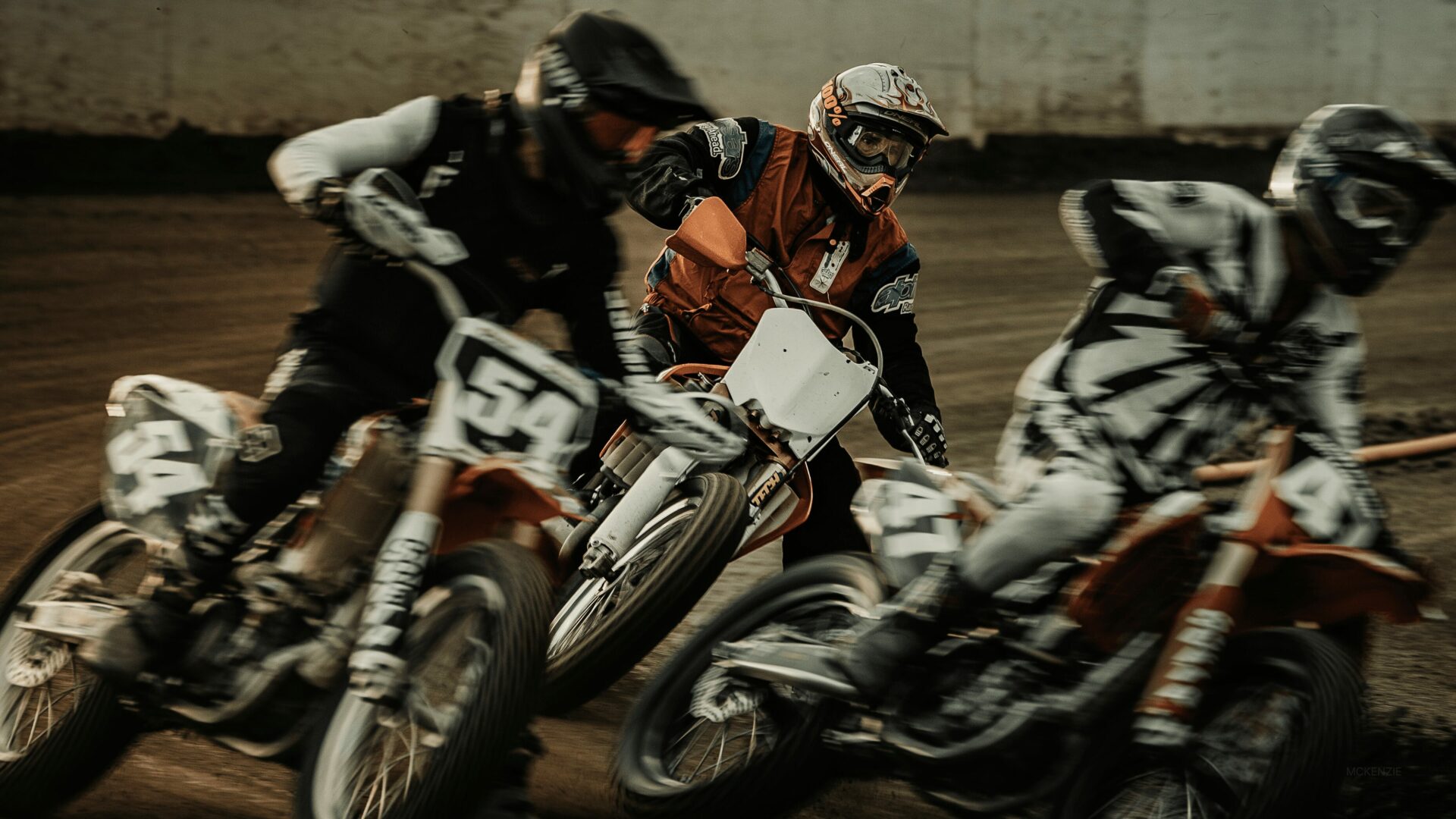
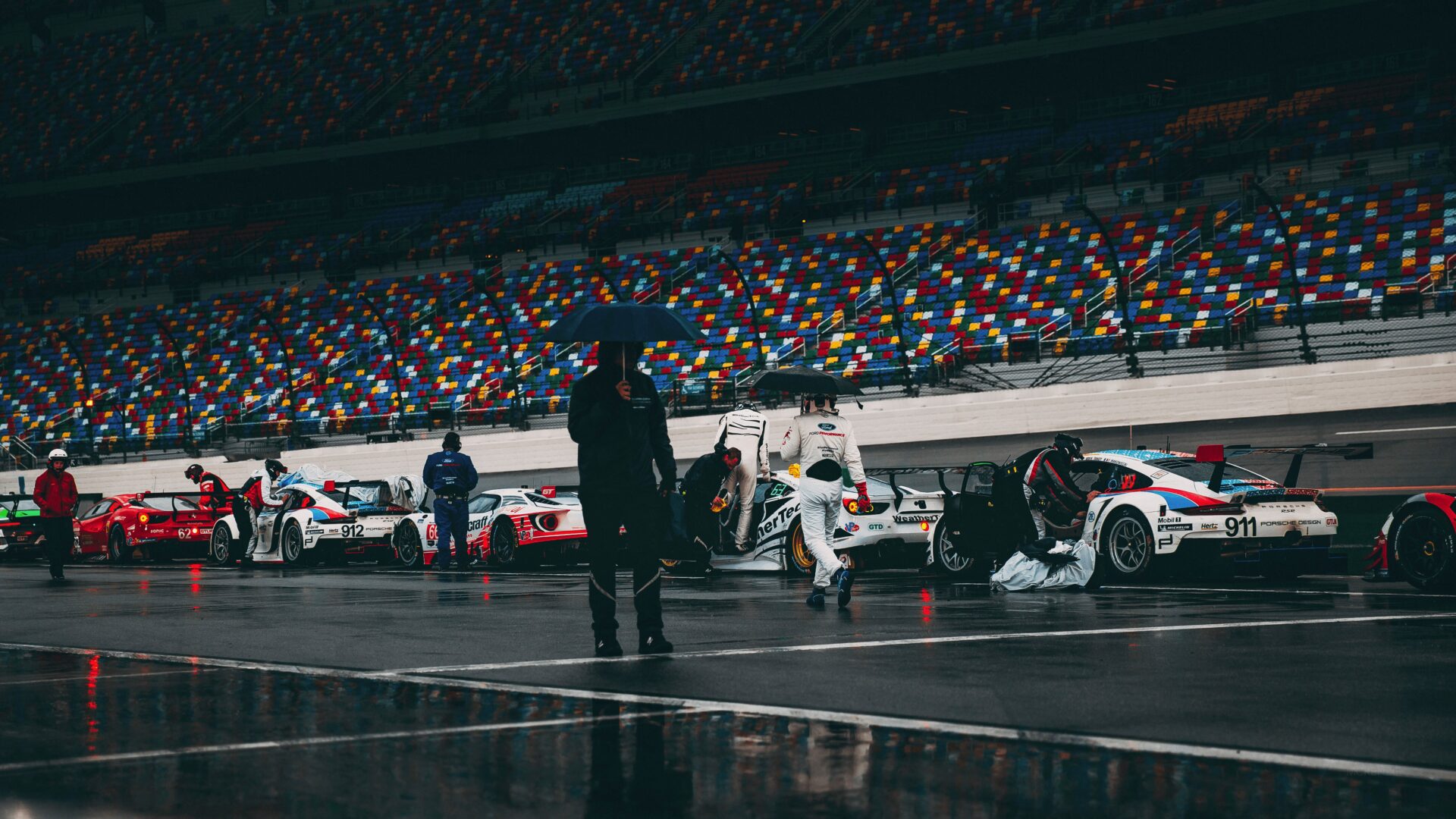
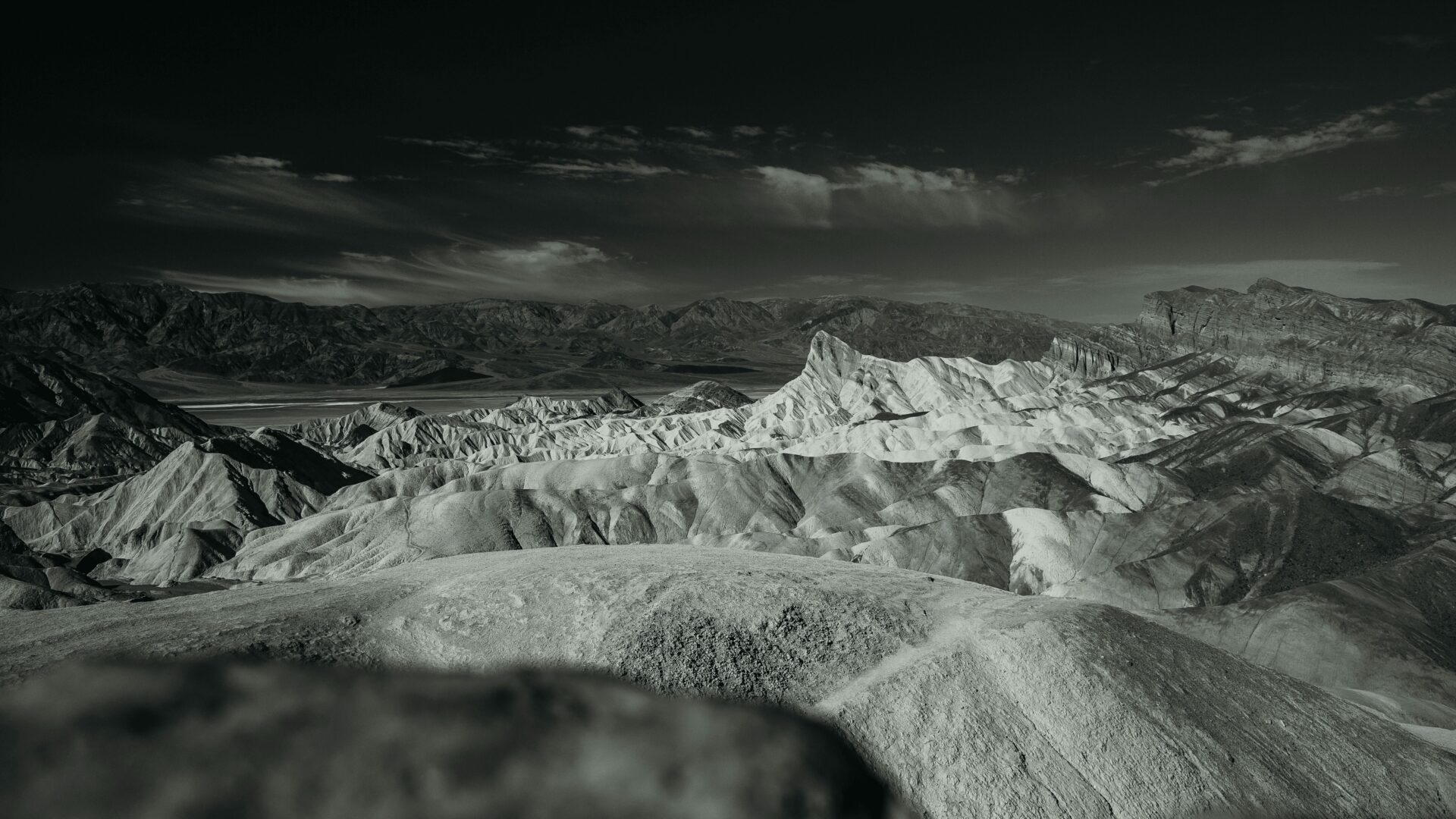
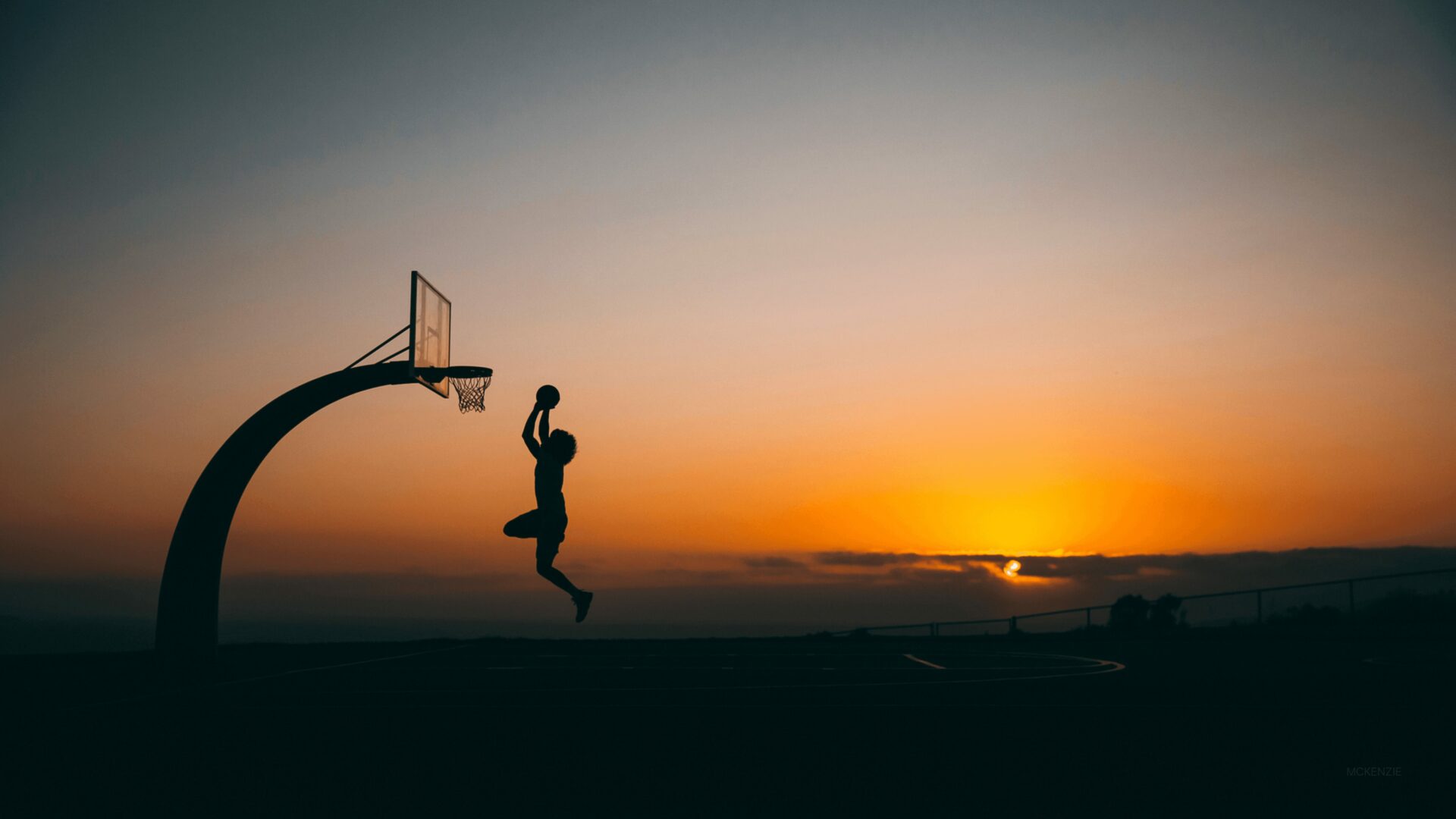
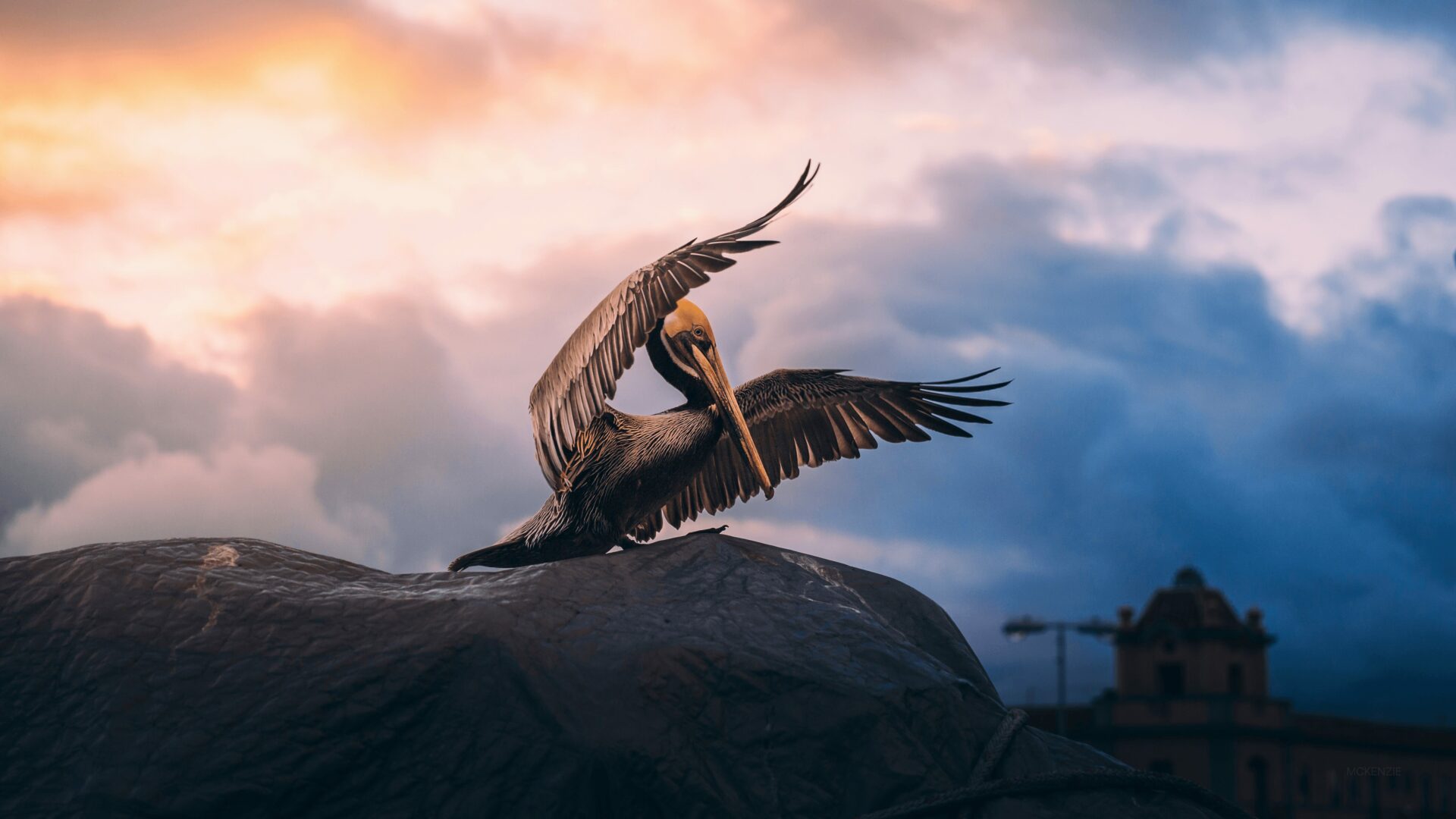
Image Credits
All photos by Aaron McKenzie
so if you or someone you know deserves recognition please let us know here.

